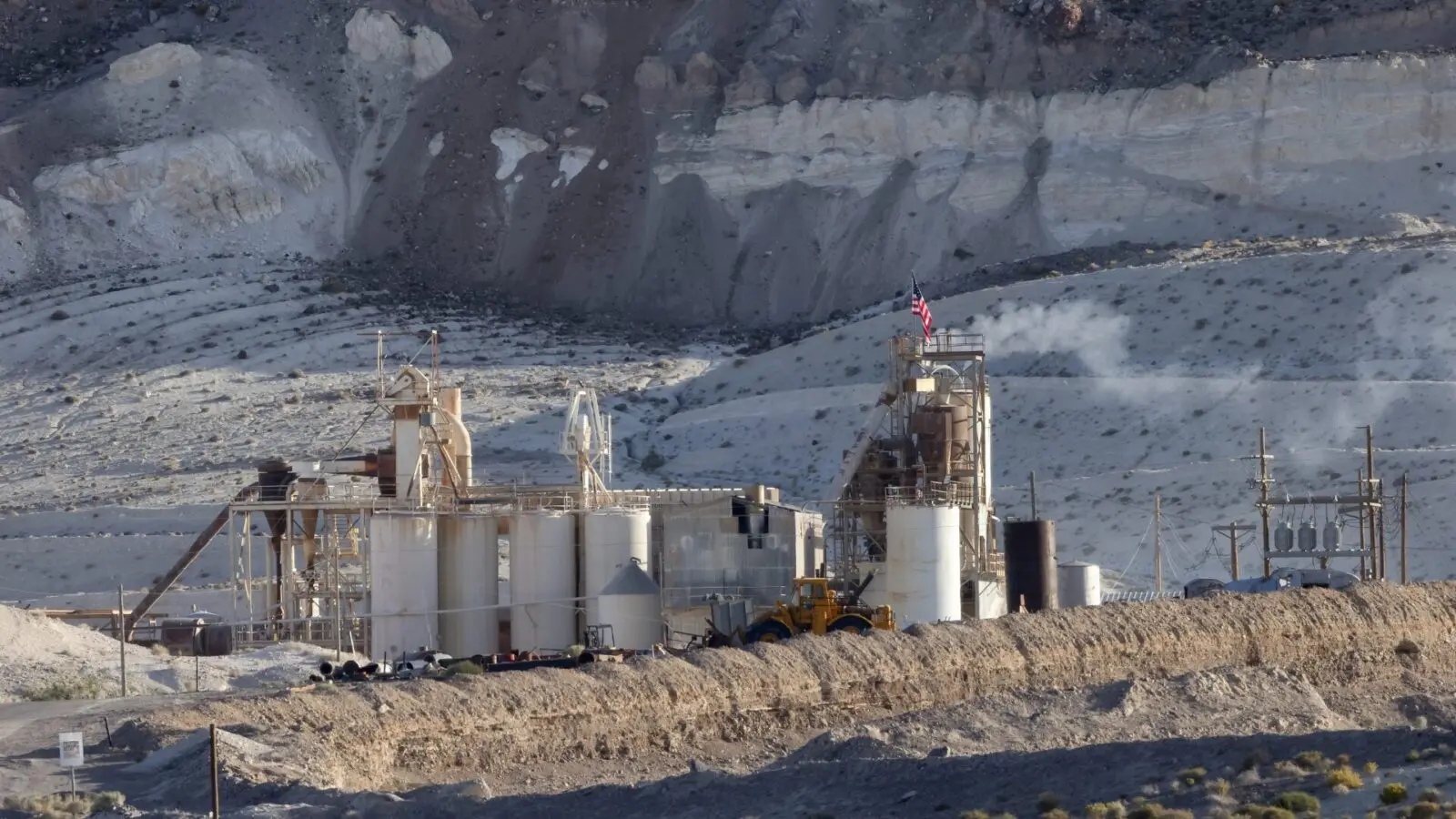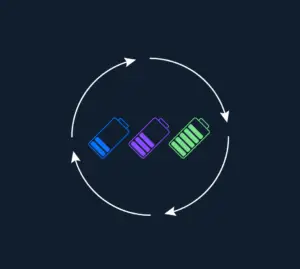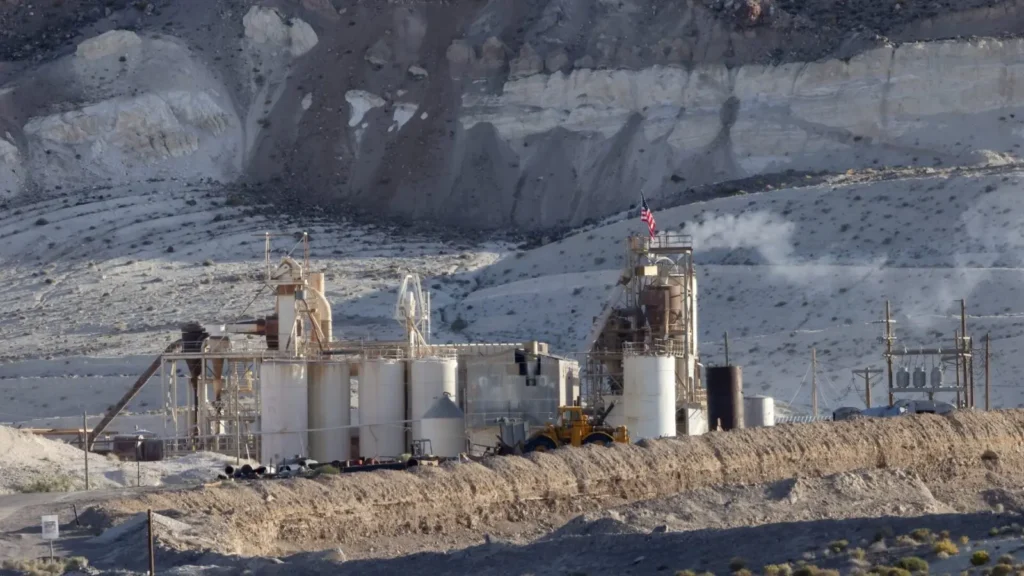Batteries stand at the forefront of the global transition towards a cleaner, more sustainable energy economy. They play a pivotal role in integrating renewable energy sources like solar and wind power, while reducing grid-related costs and increasing resilience. Yet, the United States struggles with significant obstacles in establishing its own domestic base of battery storage manufacturing to move this generational transition forward.
The United States needs to address these obstacles and establish its own, independent manufacturing capacity for several reasons. Ongoing reliance on foreign sources for critical minerals leaves the supply chain vulnerable to disruptions caused by natural disasters, geopolitical tensions, or other unforeseen events. In addition, the United States is not prepared to set up mining operations for critical materials domestically—at least nowhere near the scale needed to meet projected demand.
As the world moves towards an electrified future, figuring out the supply chain challenges associated with domestic battery production is crucial for promoting a sustainable and resilient clean energy system.
Domestic Supply Chain Obstacles
A recent report from the Solar Energy Industries Association (SEIA) highlights the major obstacles the United States faces in establishing a strong domestic battery storage manufacturing industry. The SEIA report unveils the stark disparity between the current domestic production capacity, estimated at approximately 60GWh annually, and the projected market demand, expected to soar to 895GWh by 2030 for the U.S. and its free-trade partners. This imbalance demonstrates a pressing need to bridge the gap between supply and demand, or else risk solidifying reliance on battery cell and component imports from global battery powerhouses in Asia.
A main hurdle outlined in the report is the sourcing of essential raw materials like lithium, cobalt, and nickel, with graphite in particular emerging as a critical bottleneck. The challenges associated with sourcing these materials domestically include the simple fact that not all are readily available in the US, and that significant environmental damage is necessary for extracting those that are. These factors, coupled with existing deep reliance on imports, reveals the supply chain’s insecurity towards setting up domestic manufacturing. There is an urgent need for strategic interventions aimed at guaranteeing a stable and sustainable supply of these essential materials.
Concerns also loom over production yields and workforce development. Newcomers in the industry encounter difficulties reaching maximum production efficiency at factories, to the tune of 50% efficiency compared to 98% for established companies. Additionally, substantial effort will be required to boost technical know-how and roll out workforce training programs.
Government Initiatives and Industry Responses
In response to the clear difficulties confronting the domestic battery supply chain, US governmental organizations and industry stakeholders have started initiatives to support domestic manufacturing capabilities and reduce reliance on imports. The Biden Administration has signaled its commitment to advancing clean energy and enhancing national production through legislative measures such as the Bipartisan Infrastructure Law and the Inflation Reduction Act. (The European Union has simultaneously enacted their own major legislation to spark regional investments. These initiatives as a whole have been core to promoting domestic battery manufacturing and sustainable material sourcing practices.)
One notable example is the impact of the American Battery Materials Initiative, announced by President Biden in October 2022, which allocates $2.8 billion in Department of Energy grants to support the development of a strong battery materials supply chain in the US. Twenty manufacturing and processing companies that supply materials essential for energy storage and electric vehicle (EV) components are receiving these grants. Another example is through the Inflation Reduction Act, which incentivizes battery manufacturers to use locally sourced materials by offering subsidies to manufacturers that meet specific criteria. By prioritizing raw materials mined and processed in North America or sourced from US trading partners, the act aims to reduce dependence on imports from countries deemed potential security risks.
Industry responses to these governmental initiatives have been swift and decisive, with significant investments pouring into battery gigafactories across the country, including over 380 battery gigafactories in the pipeline through 2030. The industry must continue overcoming ongoing barriers related to raw material sourcing and production efficiency despite the considerable progress since passage of the programs. Partnerships between industry newcomers and established players are proving to play an important in navigating these constraints.
Attainable Alternatives
A lot of attention has been given to domestic supply chain problems for lithium-ion, and that’s great, but arguably not enough attention has been given to the potential of novel, innovative battery chemistries. Lithium-ion batteries have a critical role to play, but alternatives utilizing sustainable minerals and materials are pivotal in reducing the environmental impact of battery production and usage while supporting a more resilient energy ecosystem. By shifting away from reliance on scarce or environmentally harmful resources, these alternatives can help solve the puzzle of unlocking a sustainable energy future.
Developing alternative chemistries addresses concerns related to the sourcing of raw materials. It also can decrease dependency on foreign supply chains, increase safety and reduce costs. Startups in operation today are developing new battery chemistries that are also non-flammable and non-toxic, further enhancing their viability and sustainability. Some can even seamlessly integrate into existing production facility infrastructure, minimizing the demand for extensive expansions and reducing environmental impact.
Despite the promising potential of sustainable battery technologies, a significant funding gap still exists for private companies and startups in their early research and development or scaling-up phases. This lack of financial support, particularly from federal programs, challenges innovative companies and hampers technological advancements. It cannot be overstated that in light of supply chain challenges, diversifying the scope of support during these pivotal stages is essential. It promotes development while ensuring funding remains within local companies rather than flowing back to foreign entities who are thinking about a host of battery technologies beyond just lithium-ion.
Exploring sustainable alternatives presents an opportunity to enhance national energy security by reducing reliance on imports and diversifying the domestic battery supply chain. The US can strengthen its resilience to geopolitical uncertainties and supply chain disruptions by investing in homegrown innovations and technologies, which also have the potential to boost the local economy, create jobs, and stimulate further technological advancements. By embracing innovation and committing to new battery technologies, industry stakeholders can pave the way for a more resilient, environmentally conscious, and energy-secure future.




